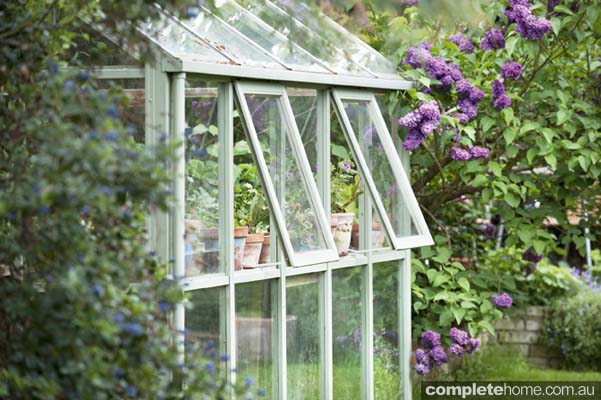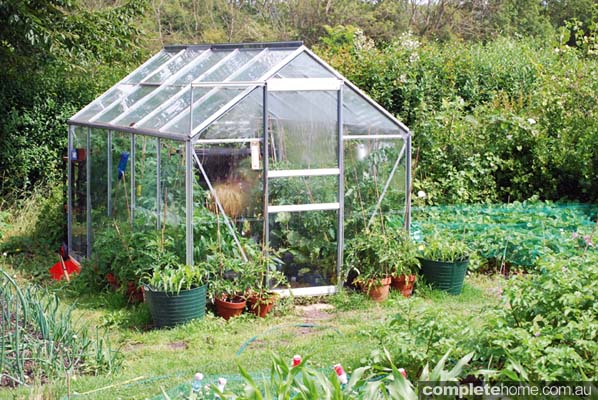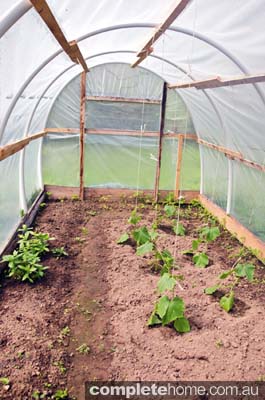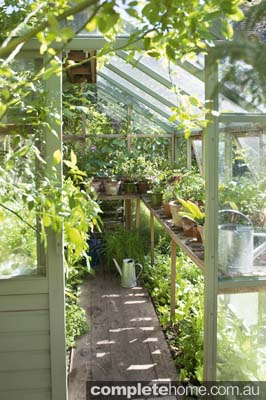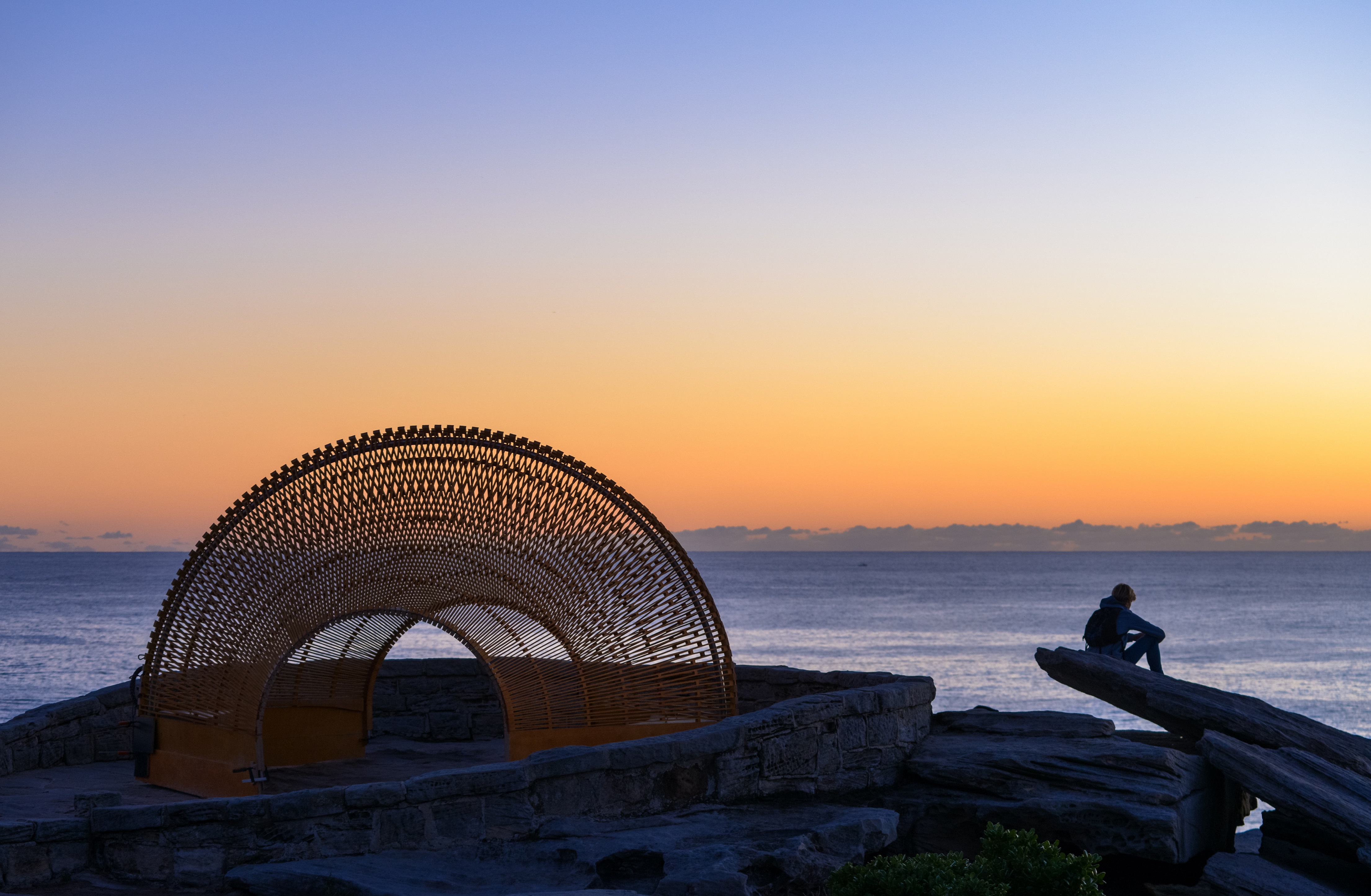Extend your planting repertoire and your growing season by buying or building a greenhouse
In Historia Naturalia, Pliny describes one of the first recorded proto-greenhouses in which carts of vegetables would be wheeled into the sun by day and then stored in warm structures made of transparent stone by night. This gardening technique was developed for the Roman Emperor Tiberius, who was particularly partial to cucumbers and insisted on eating them every day of the year.
These days, greenhouse gardening is an easy and accessible hobby to all backyard enthusiasts. With your own protected horticultural environment, there’ll be no reason why you can’t eat your favourite vegetable every day of the year too.
Greenhouses come in every conceivable size and price range. What they all have in common is the ability to trap and retain the sun’s heat within a confined space.
There are more ways than one to achieve this, and they aren’t all expensive, nor do they all require expert construction skills. There’s a range of different materials you can use when creating your frame and cover that suits your garden design, budget and lifestyle needs. Reclaiming discarded materials and incorporating offcuts can be a cost-effective and rewarding way to erect your own garden greenhouse, so keep on the lookout for the following materials.
Choosing materials
PVC pipe
Common PVC pipe makes a perfect frame for a small, semi-permanent greenhouse. It’s inexpensive, lightweight and easy to work with. Make sure you have the connecting pieces and it will also be straightforward to put together.
Shadecloth should be used to cover the structure, forming a shade house that will protect plants or act as a propagation nursery. Be aware that in high-wind situations, lightweight greenhouses can blow over, so ensure you suitably anchor your greenhouse or remove the cover temporarily in fierce weather.
Wood
Stronger and more stable than PVC, a wooden frame is slightly more expensive, but it’s also fairly easy to source recycled planks, frames, doors and beams for reuse. Some basic carpentry and experience working with power tools are required here. Do not use copper chrome arsenate (CCA) treated wood. It’s impregnated with chemicals designed to protect the wood from pests and decay and data suggests arsenic can leach from the timber.
Metal
Metal is the strongest and most durable material for the frame. This is ideal for those who intend to have a medium to large, permanent structure or a greenhouse made with heavy panels, such as glass.
Glass
A glass-panelled greenhouse is considered the most aesthetically pleasing option as it offers you a beautiful view of your plants and flowers while providing long-lasting quality assurance.
A glass greenhouse requires a sturdy metal frame and a solid foundation, which makes the initial investment high, but it promises to be quite a stunning and durable showpiece that lasts a lifetime.
While glass has fairly good heat retention, it does not offer the unique thermal capabilities found in polycarbonate. A glass greenhouse may also require the addition of a shade cloth or coating of shading paint to ensure the plants don’t suffer from burn or scald in temperature extremes.
Polycarbonate
Polycarbonate greenhouse panels block 99 per cent of UV rays, and the diffused light it offers saves plants from burns or scalds. Unlike glass, polycarbonate panels will not crack or break, which makes them a safer and sturdier option. They are a lightweight material, so easier and cheaper to install.
Polycarbonate is the most effective when it is twin-walled, offering a double-glazing effect to help maintain temperatures. A polycarbonate greenhouse is expected to last upwards of 15 years.
Fibreglass
Fibreglass offers similar benefits to polycarbonate only it is a less expensive and more temporary option, typically lasting 2–4 years only.
Some like it hot
Heated greenhouses allow a wider range of plant varieties to be grown, including tender, exotic or heat-loving species that might otherwise be unavailable in your climate zone.
A heated greenhouse also lets you grow plants all year round and allows you to adjust the temperature to the specific requirements of the plants. Be mindful that heated greenhouses incur additional costs, including the installation of heating utilities as well as the associated ongoing energy bills and other expenses.
An unheated greenhouse uses solar heat to advance and extend the growing season of edibles and, with the right growing techniques, can be a highly productive, pollution-free garden asset all year round.
Site
Wherever possible, locate the greenhouse on a site that takes advantage of full sun, offers good water drainage and utilises windbreaks. If you have decided to construct a heated greenhouse you may wish to create a lean-to structure connected to the house so you can share utilities, otherwise you will have to have them brought in at added expense.
It’s advisable to plan the layout of your greenhouse to accommodate future expansion, as your plant collection will rapidly grow to fill it. Larger greenhouses are also more efficient and economical to operate as they cost less per square metre and the environment can be maintained more uniformly.
You need to vent
To ensure plants are kept healthy, hot air must have a way to exit and cool air a way to enter. Ventilation can be provided through adjustable vents in the side and roof or exhaust fans or inlet louvres. Automatic ventilation systems are more costly, but they save time and reduce the chance of excessive cooling or heating. Try to open the door of your greenhouse every day, closing it in the afternoon when the temperature drops.
All greenhouse plants need regular watering. You can choose to simply bring your hose in or you can run a drip irrigation system into the greenhouse, but try to ensure the watering is regular and uniform.
Work space
If you have the available space, add some shelves, a work table and some storage facilities to your greenhouse to make it more practical and personal. Shelves will allow you to optimise your available space while raising your plants in a warmer air zone. It also allows you easier access to them without having to constantly stoop and bend.
By adding storage shelves and a work bench, your greenhouse can double as a potting shed, offering the perfect place to work and relax, even when the weather is bad.
Hoop dreams
A “hoop house” is an effective, inexpensive and easy DIY greenhouse that is perfect for a kitchen garden.
To create a hoop house, bend three or more PVC plastic pipes into an upside U-shape and insert them securely into the ground in a row, several feet apart. This frame should then be snugly covered with plastic sheet and anchored to the ground.
You can either build your hoop house as a tunnel — with two exposed openings — or let the sheet overlap to make a flap entrance. Even a simple structure such as this will give your seedlings an earlier start and upwards of six weeks additional production time. It’s a perfect option if you don’t want to commit to anything permanent and offers you the flexibility to relocate it, expand it or dismantle it with ease.
Whether you’re an emperor, a botanist or an everyday gardener, a greenhouse offers you a beautiful garden and bountiful harvest all year round. ■
Originally from Good Organic Gardening Vol.5 No.1
